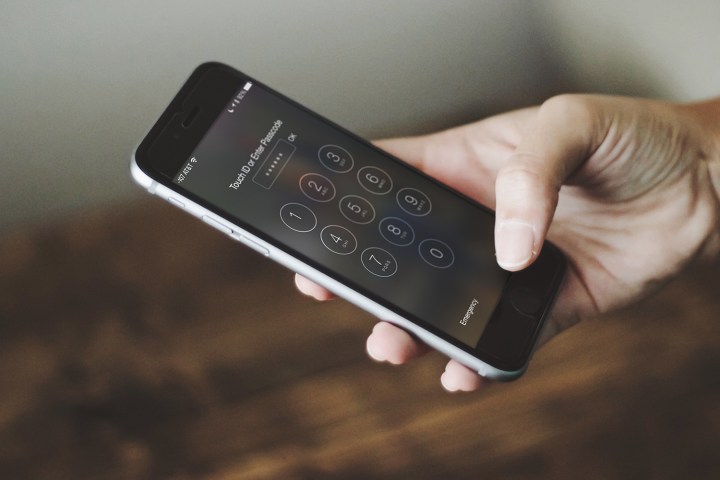
There’s a similar, unrelated case in New York revolving around an individual in Brooklyn, who was indicted on charges of meth trafficking. Even though he has already pleaded guilty, law enforcement want to access his iPhone to possibly obtain more information. But just like in the San Bernardino case, Apple refused to create such access that could tarnish the encrypted security on iOS.
The FBI claims to have gotten access into the San Bernardino iPhone, thanks to a third-party that provided a method. Apple may now use the result from the California case to its advantage, to find out how exactly the FBI hacked the iPhone in the New York case, according to sources that spoke to Reuters.
Apple told Reuters “we don’t know” what the FBI’s solution was, which third-party assisted them, and “what it allegedly achieves.”
A court filing on March 29 shows that the court agreed to push Apple’s next response on or before April 11, and the government can respond on or before April 22. However, the government has until April 11 to decide whether it wants to “modify” its bid to force Apple to access the Brooklyn iPhone.
“The government further agrees to update the Court by April 11, 2016, as to whether it intends to modify its application in this matter,” U.S. Attorney Robert L. Capers said in the brief.
Apple had filed a motion to delay the proceedings in the New York case, to see if the government would be able to crack the San Bernardino iPhone. Seeing as it did, the company wants the FBI to use the same method for the New York case, and also wants to find out which method was used.
“For example, if that same method can be used to unlock the iPhone in this case, it would eliminate the need for Apple’s assistance,” Apple said in its previous filing. “On the other hand, if the DOJ claims that the method will not work on the iPhone here, Apple will seek to test that claim, as well as any claims by the government that other methods cannot be used.”
Expect to hear if the Department of Justice will pursue the New York case within the next two weeks.
Editors' Recommendations
- This one Apple Fitness feature completely changed how I exercise
- Nomad’s new iPhone case and Apple Watch band may be its coolest yet
- 5 phones you should buy instead of the iPhone 15
- Why you should buy the iPhone 15 Pro instead of the iPhone 15 Pro Max
- iPhone SE 4: news, rumored price, release date, and more


